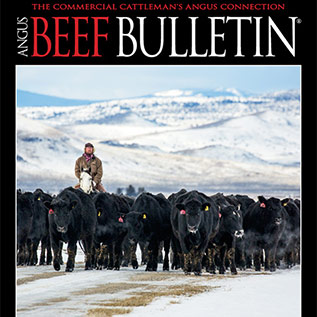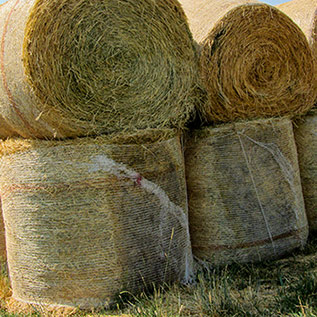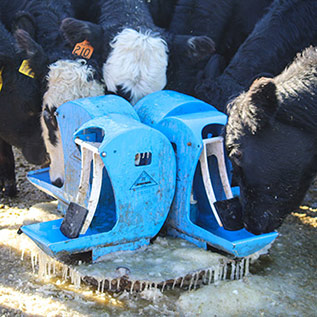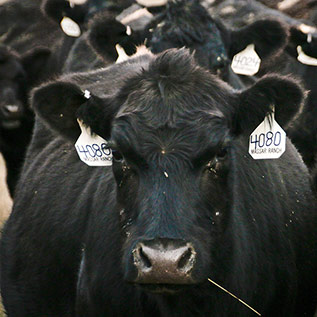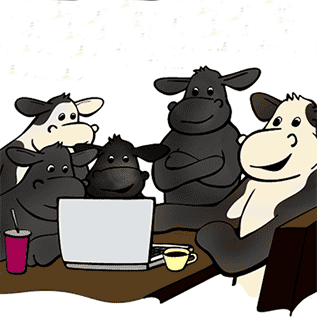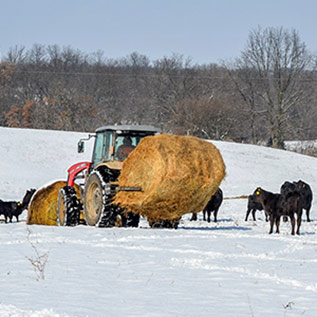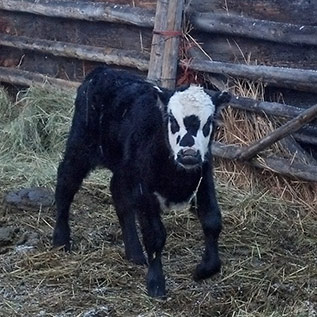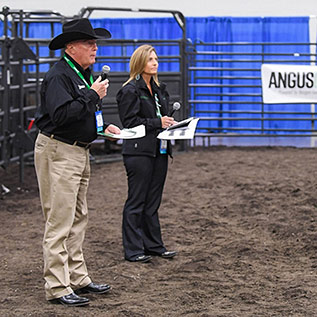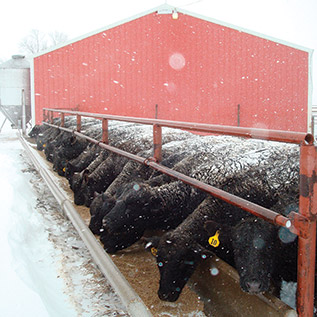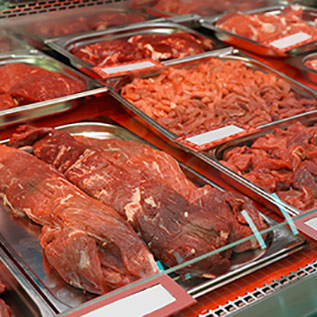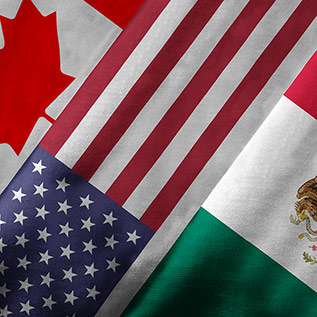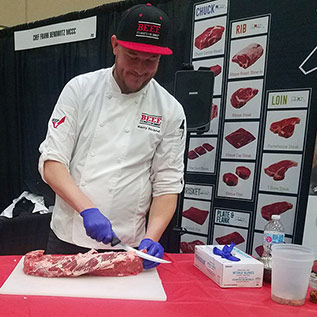Vitamin, Mineral Nutrition for Late-gestation Cows
The health of a calf at birth is dependent on the cow’s mineral and vitamin nutrition during the last trimester.

As calving season approaches, don’t forget to look beyond the protein and energy requirements of the cow herd. The health and thriftiness of a calf at birth is largely dependent on the mineral and vitamin nutrition the cow receives during the last trimester. Think of the cow as a distribution center during this critical period, many of the trace minerals that she receives will be directed toward the fetal liver, where they accumulate.
Because cow’s milk is extremely low in trace minerals, the calf will depend on this liver reserve for the first several months of life to provide trace minerals, such as copper and zinc that are important in immune function and growth. While other trace minerals such as manganese, selenium or iodine don’t necessarily build up in the liver, they are also important in calf health and the ability to deal with cold stress.
In contrast to the trace minerals, colostrum is rich in fat-soluble vitamins, including vitamin A and vitamin E. Remember the last time your cows saw green grass? That’s probably the last time they had the opportunity to stock up on these vitamins important to calf immunity and cold tolerance.
After the shortage of synthetic versions of these vitamins a year ago, many producers decreased supplementation to save money. However, the last one-third of gestation is a crucial time period to ensure your cow herd is receiving adequate vitamin A and vitamin E. Calves depend heavily on consumption of colostrum to receive fat-soluble vitamins, so it is very important that calves nurse soon after birth. Milk is also rich in macro minerals such as calcium, phosphorus and magnesium, all important in calf growth.
There are many strategies to provide minerals and vitamins to cows, including injection (A&E, some trace minerals), free-choice offerings, as part of a supplement, and in a total mixed ration (TMR). Work with your nutritionist or extension field specialist to ensure your cows receive national recommendations for minerals and vitamins during this critical time period. In addition to preparing the calf for a healthy start, these nutrients are also essential for rebreeding. Don’t forget to consider antagonists like sulfur, molybdenum or iron in your feeds or water that may slightly increase your cow’s requirements for copper, selenium, manganese or zinc. Set your cows up for a successful calving season this year by considering their mineral and vitamin status.
Want to know more? Visit these resources.
- https://www.gov.mb.ca/agriculture/livestock/beef/vitamin-e-requirements-for-finishing-cattle-and-beef-cows.html
- http://extensionpublications.unl.edu/assets/pdf/ec288.pdf
- http://www.rangebeefcow.com/2017/documents/Proceedings-2017/02-proceedings-drewnoski.pdf
- http://www.thebeefsite.com/articles/1549/mineral-and-vitamin-nutrition-for-beef-cattle/
Editor’s note: Mary Drewnoski is a beef systems specialist at University of Nebraska–Lincoln, and Stephanie Hansen is an animal science beef nutrition specialist at Iowa State University.



